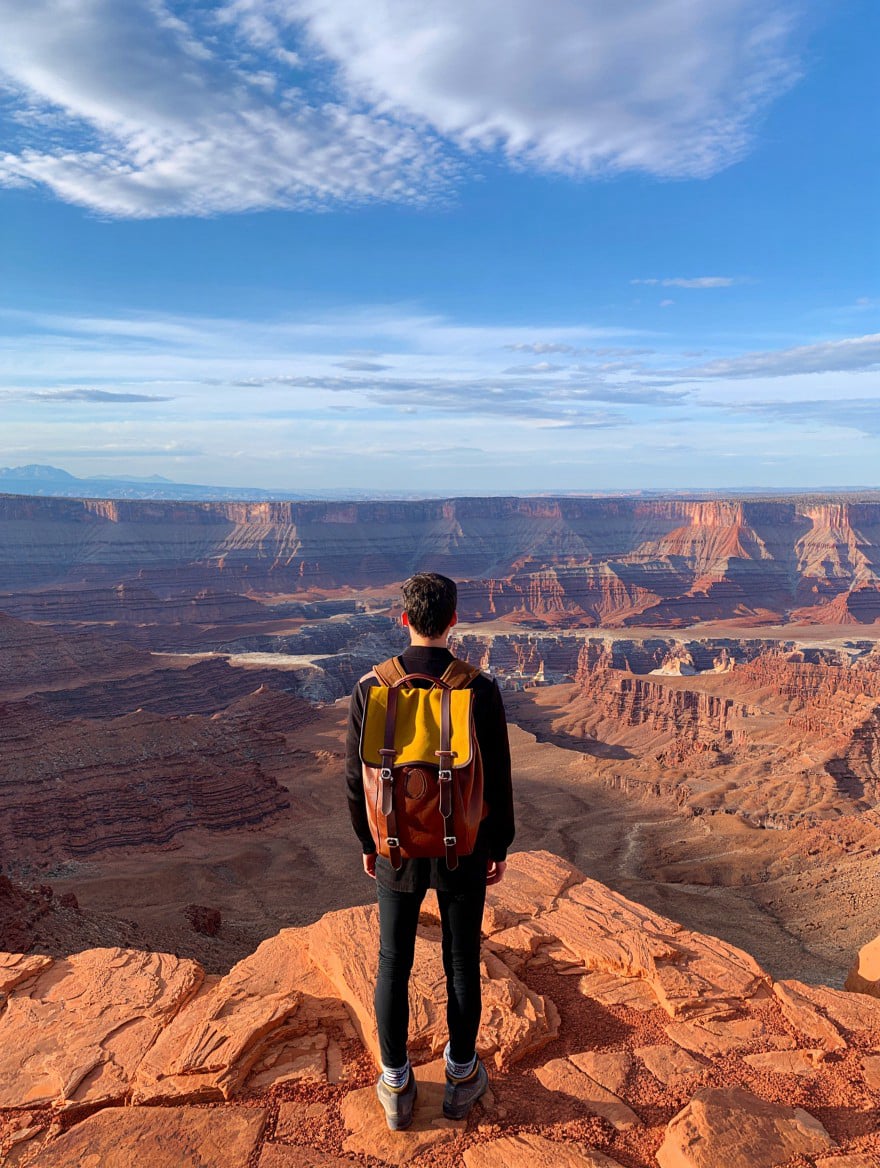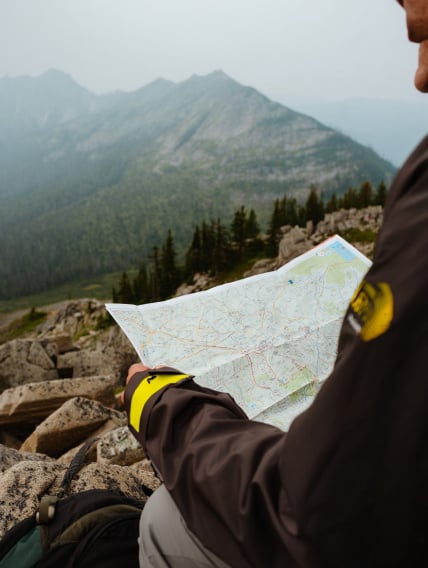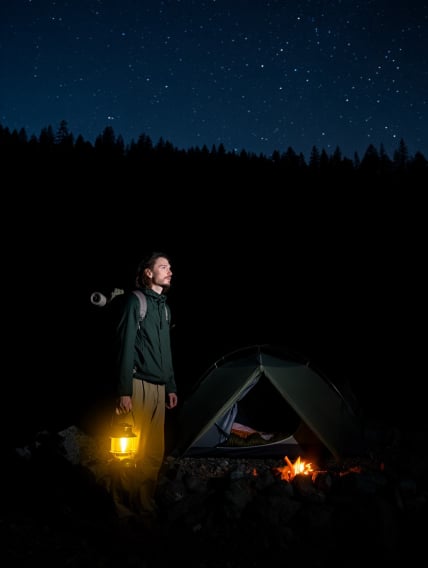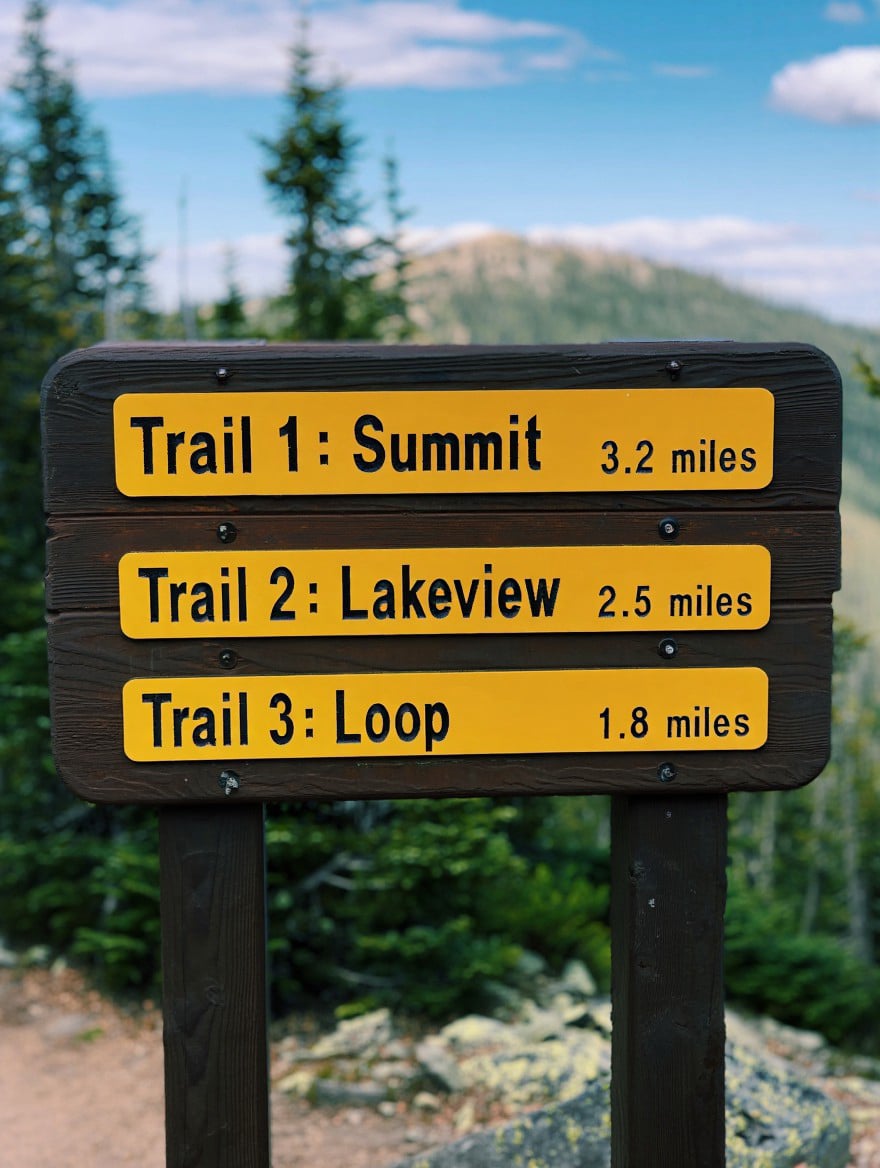Terminology We Use
This section defines general terms used across the site, such as “scenic drive,” “day hike,” “loop,” and “out-and-back.” Elevation is referenced in feet and meters when helpful, with round figures for readability. Surface types (rock, gravel, packed soil) are described in plain language. The intent is to keep phrasing consistent so readers can compare sections easily. Definitions avoid brand names or endorsements and remain purely informational.




